
It’s a good time to recap: This project is a scale that will sit underneath my dog Pippa’s bed, so that I can measure her weight automatically, at night while she sleeps. The project-in-progress is Open Source, at my CurieBLEWeightMonitor Github repository.
In my previous post I covered how to choose matching resistors for the Load Sensor to convert the Load Sensor into a Load Cell that can be wired into Sparkfun’s Load Cell Amplifier. In this post, I nearly finish building the breadboarded circuit and start transferring it to a soldered protoboard.
Continue reading Dog Weight Scale Part 8: Electronics, Version 2 →
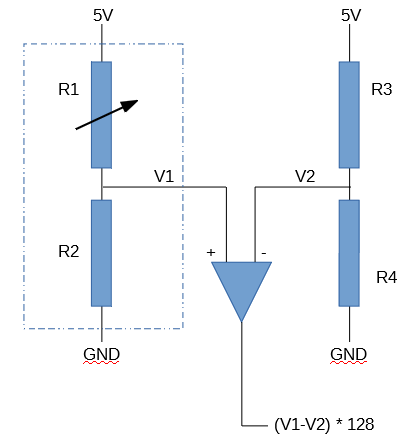
In my previous post, I worked through the calculations of weight and center of gravity when using four Load Cell Amplifiers instead of one. In this post, I build the circuit for the first of the four Load Sensor / Load Cell Amplifier combinations I’ll be using.
Continue reading Dog Weight Scale Part 7: Choosing Matching Resistors →
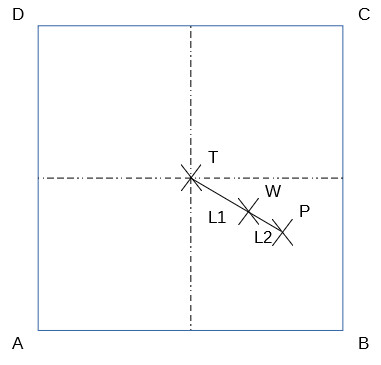
In my previous post I found the center of gravity of the top plywood circle of the Dog Bed Weight Scale. This post goes through the math of calculating the weight W on the scale and the position {X, Y} of that weight’s center of gravity. That is, how much does our dog PIppa weigh when resting on the bed, and what is her position on the bed?
Continue reading Dog Weight Scale Part 6: Calculating the Dog’s Weight and Position →

In my previous post I described how to calibrate a load sensor. This post shows how to measure center of gravity, and shows a failed attempt to mount the load sensors to the scale.
Now that I’m using 4 load cell amplifiers rather than 1, I can calibrate each load sensor separately. This in turn will let the Arduino calculate Pippa’s real weight accurately regardless of what part of her bed/scale she’s lying on.
Continue reading Dog Weight Scale Part 5: Center of Gravity and a Mounting Fail →
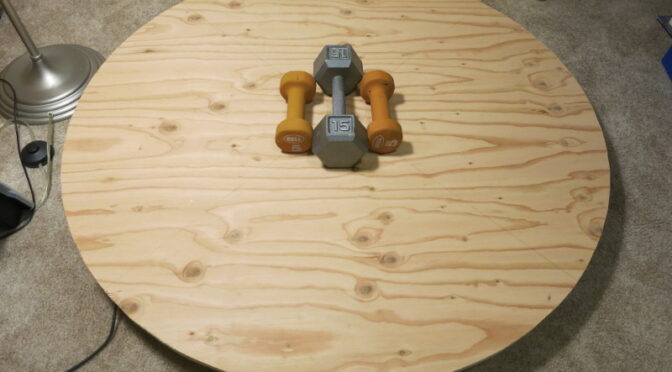
In my previous post I finished assembling the Dog Bed Weight Scale, at least enough to allow testing it. In this post, I relate how I calibrated and tested it.
Using the Bogde HX711 Load Cell Amplifier library and examples, and the Sparkfun HX711 Example Arduino Sketches, I quickly wrote a little Sketch to output the raw value from the scale (SCALE = 1.0 and OFFSET = 0L). The library made talking to the HX711 trivial.
Continue reading Dog Weight Scale Part 4: Calibration and its Difficulties →
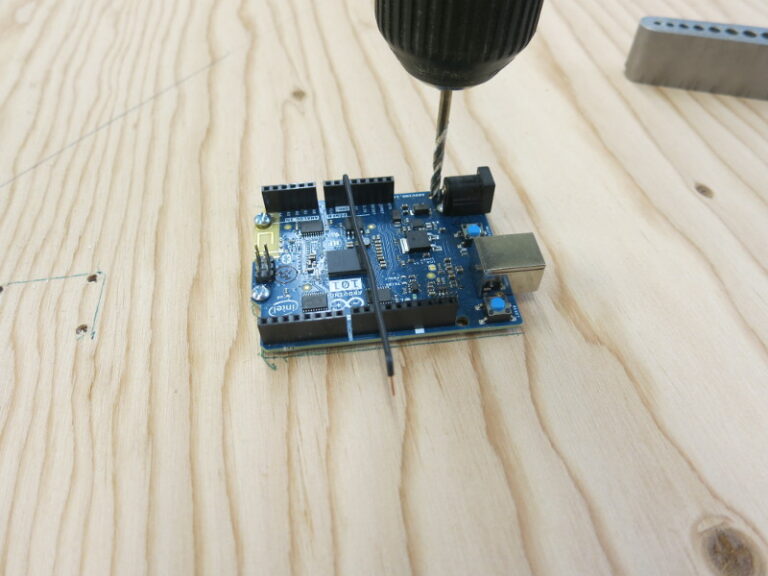
In my previous post I described the electronics of the Dog Bed Weight Scale. In this post, I’m doing the final woodworking and assembly – at least enough assembly to test the thing.
Continue reading Dog Weight Scale Part 3: the Woodworking and Assembly →

I started watching Project Runway years ago as a guilty pleasure. My wife had watched it for a while and slowly drew me in because, unlike other reality/survivor shows, it minimized the People Behaving Badly aspect of competition.
As I watched more and more – the show has run more than 17 seasons at this point – I realized that Project Runway is really a show about how to do creative work and live the creative life. It even won a Peabody Award for using the Reality genre to inform and enlighten.
Continue reading 5 Things Project Runway Taught Me →
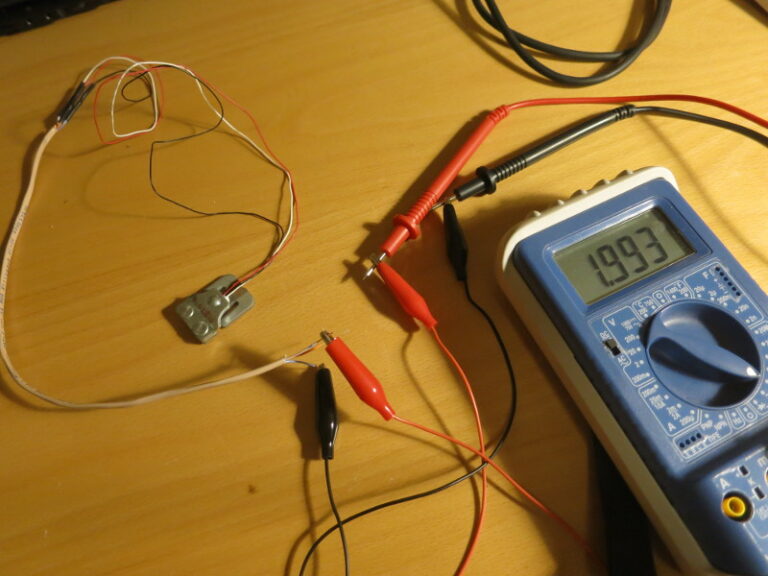
As I said in the previous post, I’m using 4 Sparkfun load sensors, a Load Sensor Combinator board, a Load Cell Amplifier board, and an Arduino 101 (since obsoleted) to build a scale I can put under our dog’s bed, to passively weigh her whenever she’s in bed.
In the previous post, I cut the base for the scale from a sheet of plywood. In this post, I’m assembling the circuit.
Continue reading Dog Weight Scale, Part 2: the Electronics →
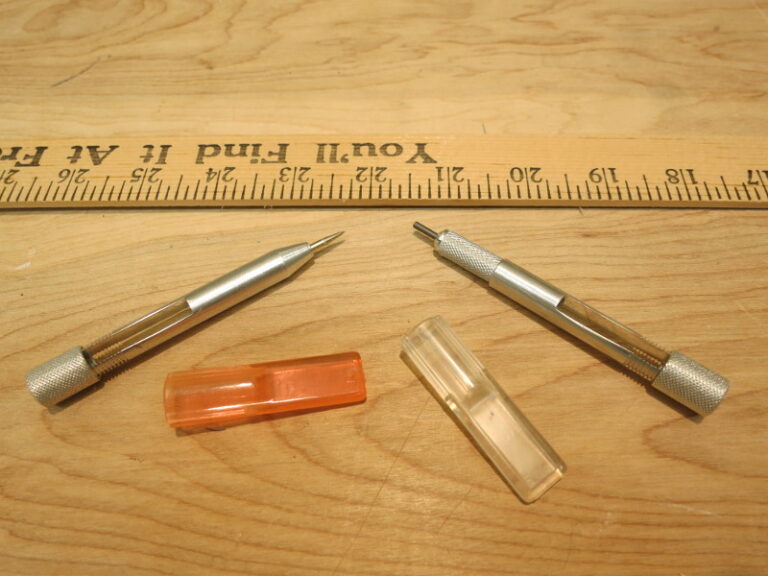
I want to learn how to use Load Sensors to continuously weigh stuff with an Arduino, so I thought it would be fun to continuously weigh our dog, Pippa, while she sleeps in her bed each night. The project is a little like Nate Seidle’s Beehive scale, but simpler.
The idea is to turn Pippa’s bed into a scale. Pippa’s in fine shape right now, but it’s always good to keep an eye on your dog’s weight, and a custom-made scale is a great way to do it.
Continue reading Dog Weight Scale, Part 1: Cutting the Circular Base →
Technical Writing and Self-Pubilshing









